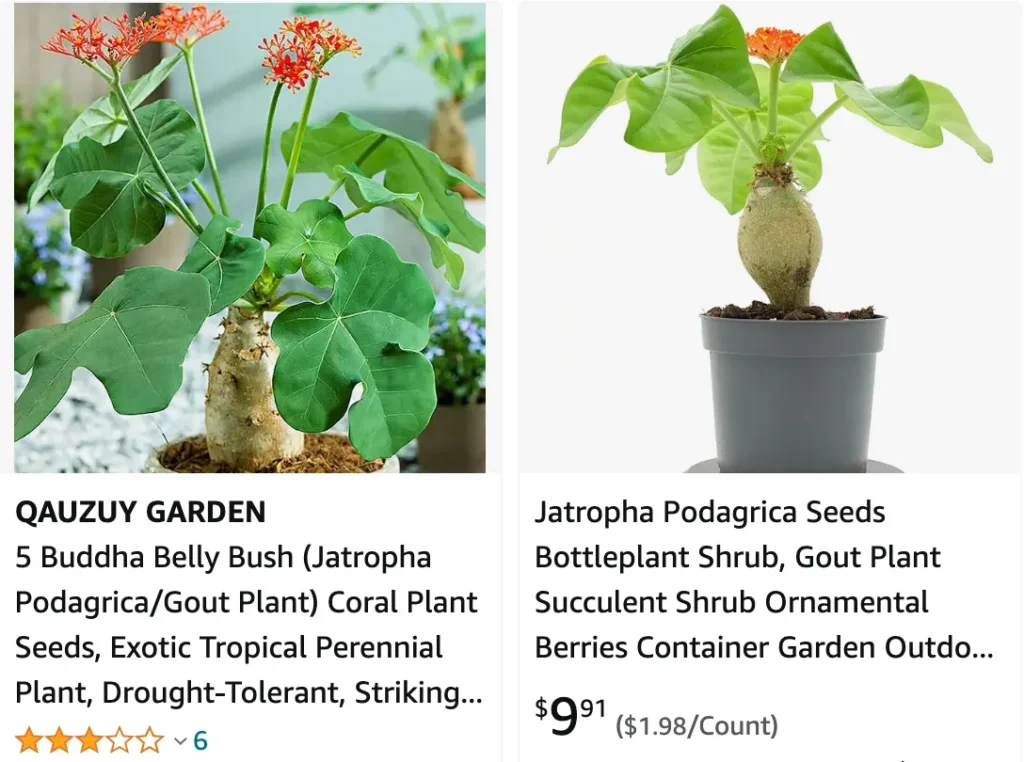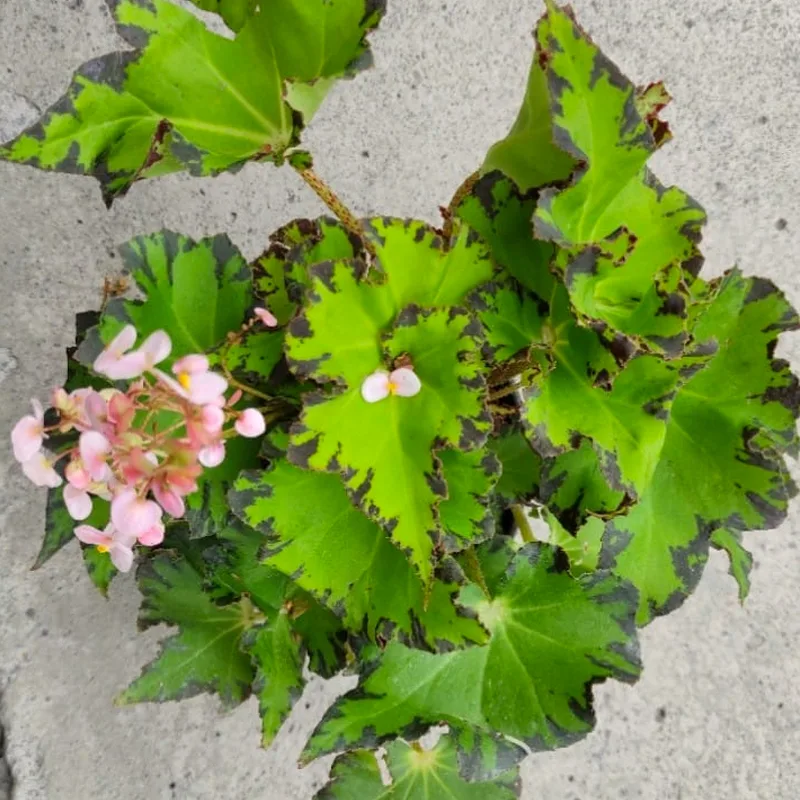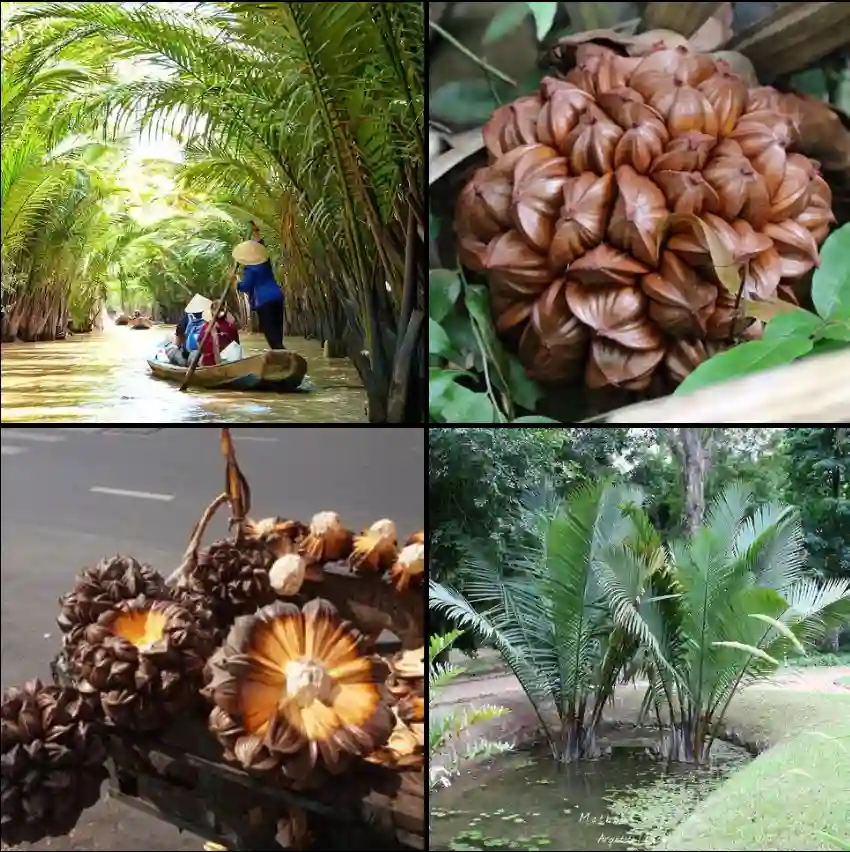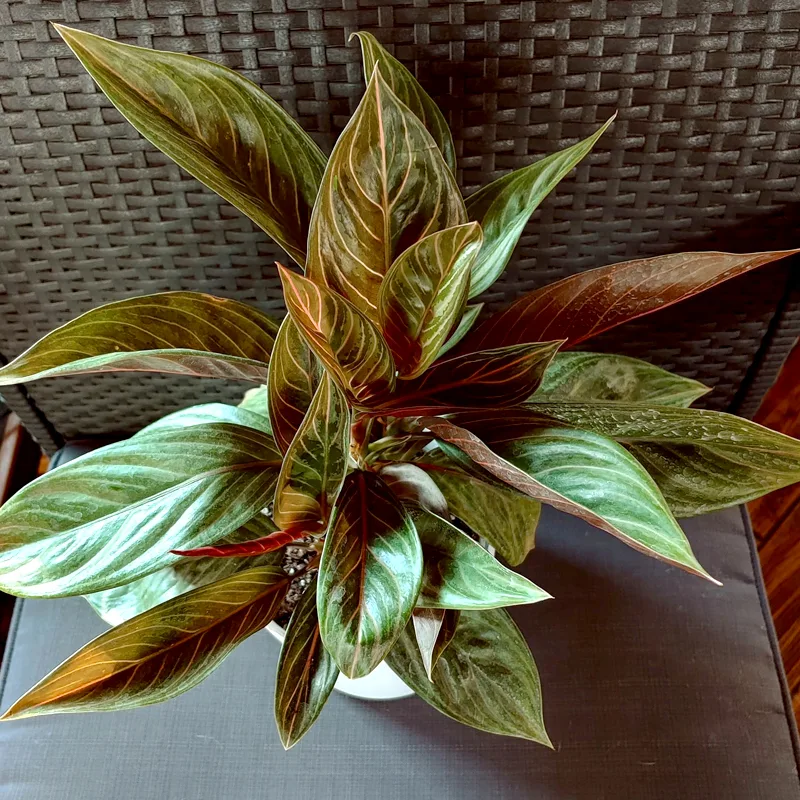
The Alluring Jatropha podagrica: My Experience with the Buddha Belly Plant
The Jatropha podagrica, affectionately nicknamed the Buddha Belly plant for its plump, bulbous base, has become a captivating addition to my houseplant collection. Its sculptural form and vibrant green foliage add a touch of the tropics to any space. But beyond its aesthetics, this succulent plant boasts a surprising amount of resilience. Over the years, I’ve learned the intricacies of its care, and I’m here to share my experiences with you.
177 Species in Genus Jatropha
How to Care for Jatropha podagrica?
Light and Location: Jatropha podagrica thrives in bright, indirect sunlight. A south-facing window with a sheer curtain is ideal. Avoid harsh afternoon sun, which can scorch the leaves.
Watering: This is where the succulent nature of the plant shines. Jatropha podagrica prefers to dry out completely between waterings. Overwatering is a common culprit for root rot, so err on the side of underwatering. When you do water, soak the soil thoroughly until water drains from the pot’s drainage holes.
Soil: Opt for a well-draining cactus or succulent mix. You can also create your own by mixing regular potting soil with perlite or pumice for added drainage.
Temperature and Humidity: This tropical plant enjoys warm temperatures between 65-80°F (18-27°C). Avoid placing it near cold drafts or air conditioners. Average household humidity levels are sufficient, but if the air gets very dry, occasional misting can be beneficial.
Fertilization: During the growing season (spring and summer), a light feeding with a balanced fertilizer diluted to half strength once a month is sufficient. Withhold fertilizer during the winter months when growth slows.
Can you cut back the stem of a Jatropha podagrica?
Yes, you can carefully prune the stem of your Jatropha podagrica to control its height or encourage branching. Use sharp, sterilized pruning shears to make clean cuts. Wear gloves, as the sap can be irritating to the skin.
Here are some tips for pruning:
- Identify the desired height and make a clean cut just above a node (the bump where leaves emerge).
- If you want to encourage branching, cut the stem just above two or three nodes.
- Apply a fungicide to the fresh cut to prevent infection.
How to Grow Jatropha podagrica from Seed?
Jatropha podagrica can be propagated from seeds, though it’s a slower method than stem cuttings. Here’s how:
- Obtain fresh, mature seeds.
- Soak the seeds in warm water for 24 hours to encourage germination.
- Fill a pot with well-draining cactus mix and moisten it slightly.
- Sow the seeds on top of the soil, barely covering them.
- Place the pot in a warm location (around 70°F or 21°C) with bright, indirect light.
- Keep the soil slightly moist but not soggy. Germination can take several weeks to a few months.
- Once the seedlings emerge and develop a few sets of true leaves, you can transplant them into individual pots.
Additional Tips:
- Repotting: Repot your Jatropha podagrica every 2-3 years, or when the roots outgrow the pot. Choose a pot with drainage holes slightly larger than the current one.
- Toxicity: Be aware that all parts of Jatropha podagrica are poisonous if ingested. Keep it out of reach of children and pets.
- Pests and Diseases: Watch out for mealybugs and scale, which can be treated with insecticidal soap or neem oil. Fungal diseases due to overwatering are the main concern. Ensure proper drainage and avoid getting water on the leaves.
With a little TLC, your Jatropha podagrica plant will thrive for years to come, adding a touch of sculptural beauty and exotic charm to your home.
If i die, water my plants!



